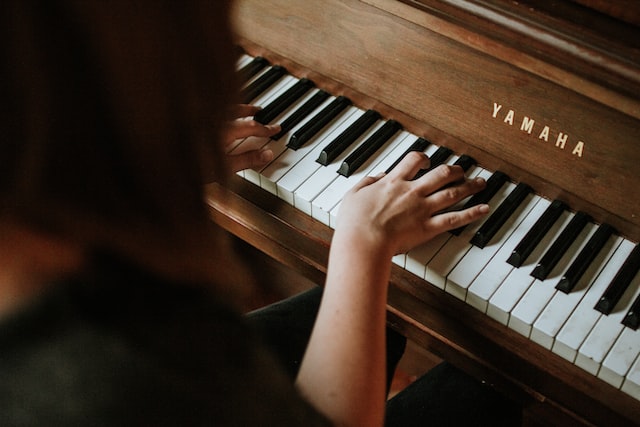The piano class is the main parameter that determines the level of its sound and playing qualities. The class is set:
- in the design of the tool (the level of its perfection);
- in manufacturing technology (degree of care and compliance with production rules)
- in sound (the level of work with acoustics after assembly)
- in game qualities (key sensitivity and subtlety of sound nuance)
The higher the class, the more expensive and better the piano (ceteris paribus).
Unlike other industries (for example, cars or computers), it is not enough just to make (assemble) a piano, even from the highest quality components. This is only 50% success. “God is in the details.” The main and main work must be carried out manually and very professionally after assembly. It is necessary to achieve perfect acoustic harmony in pairing thousands of details, to make the piano “sing”, to put “soul” into it, to create a charming and bewitching “magic” in sound. This process, which takes several months, turns the instrument into a work of art.
Unfortunately, the modern market is largely deaf to this “metaphysics” that it does not understand. Therefore, only very few manufacturers produce really high-level instruments.
In addition, small factories that produce only about 50-120 instruments a year (for example, Fazioli or August Förster), even creating more advanced instruments, are not able to fully compete with the global multi-billion dollar corporations Steinway and Yamaha – the “dictators” of almost the entire world market. (more than 3,000 instruments per year). You can get informed about Steinway grand pianos cost.
Grand pianos of perfect design of the original production
Contrary to the stereotype, such instruments are in demand more by music lovers, and not by professionals (who already have all this at work). Due to its high sensitivity and expressiveness, such a grand piano allows you to express more with less effort and virtuosity with less complex skills. Figuratively speaking, he trembles and sings, reciprocating. In addition, each key has a large reserve of “sonic mass” (“meat”, as pianists say) – its sufficient volume provides the performer with a wide palette of possibilities for the finest nuances and colorful sound.
In this group we single out the best grand pianos, the production of which is subordinated solely to the goal of achieving maximum perfection, regardless of how much it will cost and other conditions. All for the sake of quality! This:
- Steinway & Sons Steinway factory in Hamburg;
- August Förster factory August Förster in Germany;
- Fazioli Fazioli factory in Italy.
World-class instruments of perfect design, made in compliance with all the canons of piano production.
Mixed hybrid grand pianos: Asia + Europe, Japan + Asia, USA + Asia
In this case, manufacturers, seeking to occupy cheap sectors of the market, resort to various tricks. All such actions are mainly reduced to the transfer of production to Asia, the simplification of the design of the tool and the acceleration of production processes (cheapening).
Nevertheless, such inexpensive grand pianos are quite in demand on the market, due to the fact that an ordinary consumer (not a musician), as a rule, does not understand anything at all, except for the external finish and dimensions of the instrument, and does not want to spend large sums of money on any subtle features and nuances that are beyond the scope of his feelings and understanding.
To create the illusion of “status origin”, the name often uses some old German brand from the past: 100-120 years ago, there were thousands of piano factories in Germany that ceased production during the world wars. New hybrid instruments of these brands, as a rule, have only an advertising (marketing) connection with the original German production.
All this creates an illusion-phenomenon for the market, which, in fact, it (the market) needs. This situation contributes to the further degradation of European piano production and the prosperity of Greater China and Indonesia.
Mid-range consumer grand pianos with a simplified design and accelerated production
Low-budget grand pianos made in China (origin)
These manufacturers resort to some violations of the design and production technology in their classic German version, however, often due to the objective situation in the Asian market. The piano is made not in order to create a musical (in the European sense) instrument, but in order to extract market profit by improvised methods, based on the needs of local musically low consumption. In the marketing sense, there is a “disguise” as a kind of “German”, or “Czech”, or “Japanese”, or even “Russian” instrument. The Chinese-Asian market with its recently started consumer “piano boom” (in Europe and Russia it was 100-130 years ago) is a wide field for such activities.
The unusual design of many Chinese cheap pianos, on the one hand, hides their “musical worthlessness”, on the other hand, it suits the general consumer who evaluates the piano either as an interior accessory (to admire) or as an attribute of a sense of false status (to “show off”).

